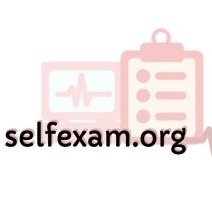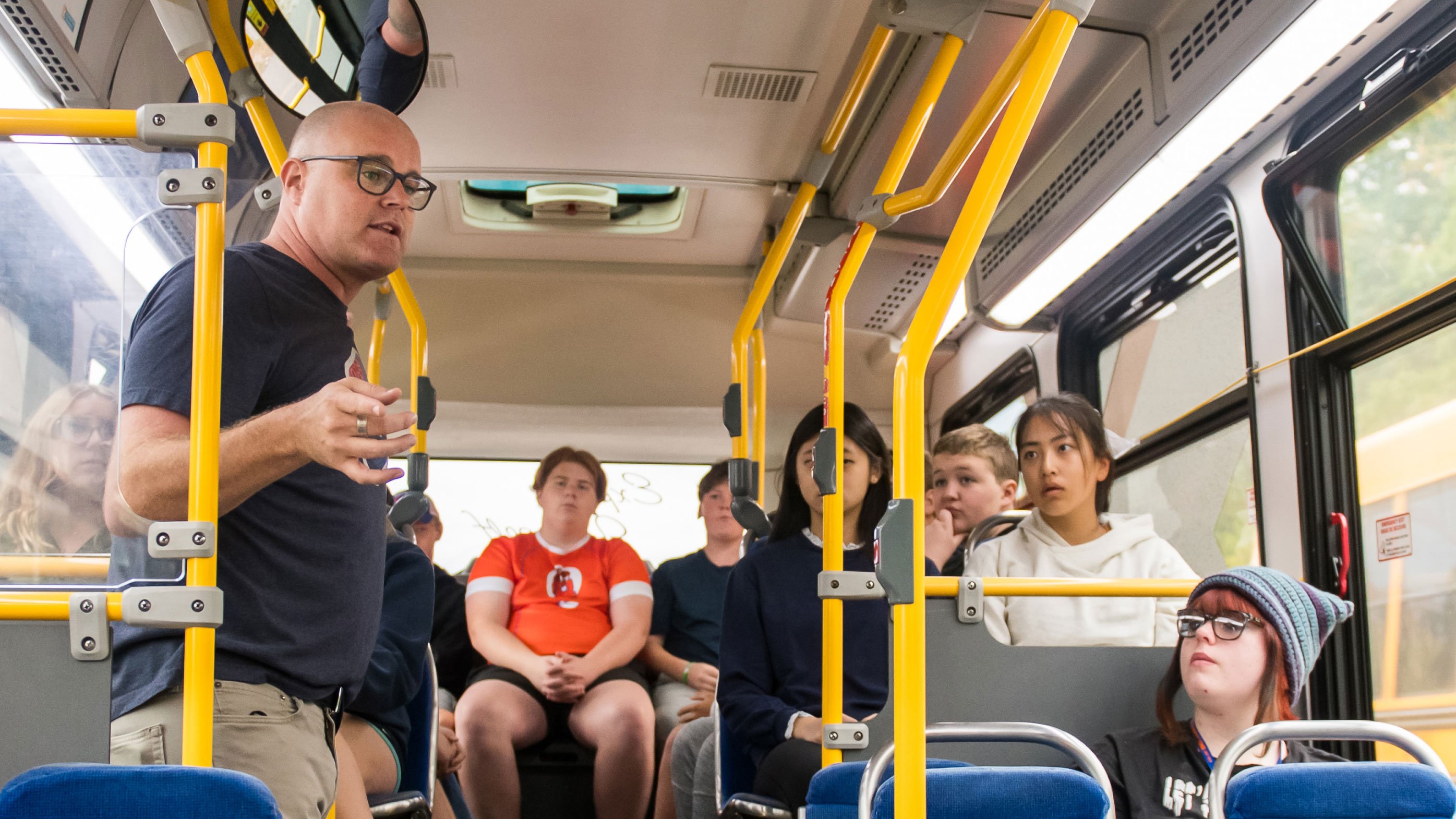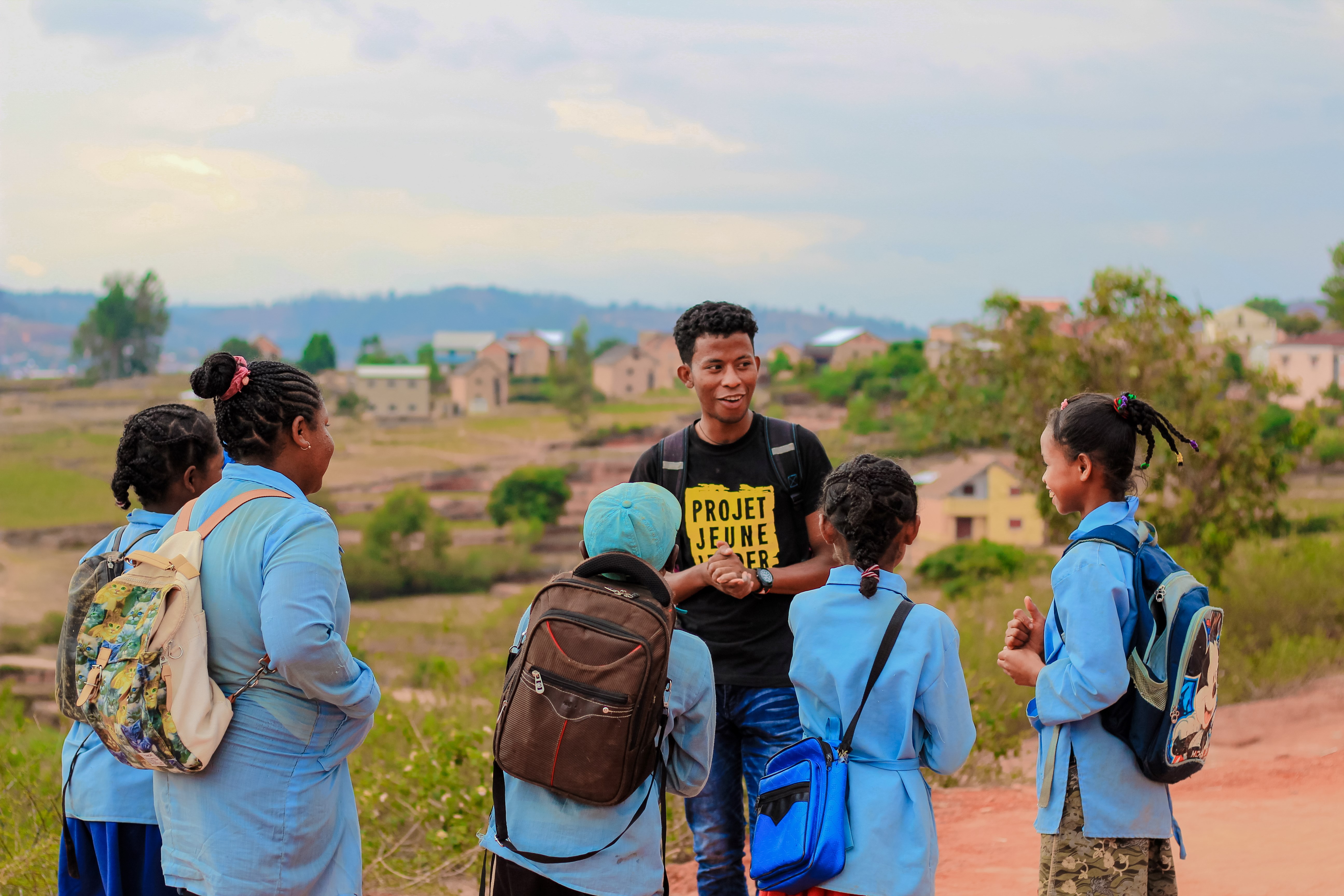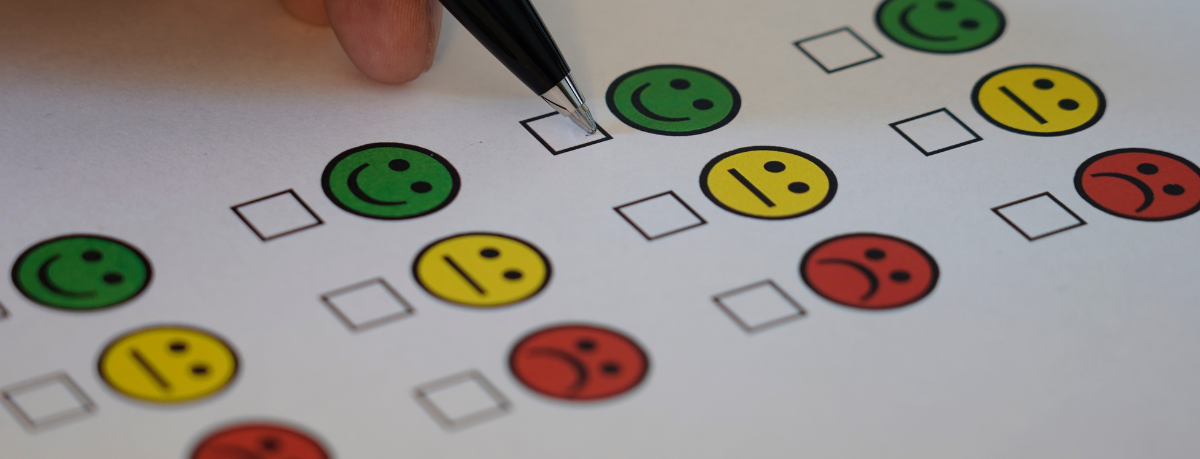
Young children love to pretend that they are grown ups and live in the real world. Adolescents could more often than not use a dose of reality. So teachers, why not apply that learning method in the classroom, or parents, when you’re helping your child at home?
There are many reasons to introduce real-life situations into instruction. Relevance is a large component of motivational simulations that can be demonstrated by real-life examples, and application of theoretical material in realistic situations makes content easier to understand. Here are some different ways to simulate real-life situations in the classroom:
Invite Guest Speakers
Bring in an interesting guest speaker who works in a field in conjunction with what you’re studying. Students may start spending more time on their writing assignments when they realize that writing essays can prepare them to be a journalist that reviews new restaurants in town. Similarly, math teachers may benefit from inviting an architect, computer programmer, or scientist that uses math in their daily life.
Practice “Real World Research”
Anytime an adult wants to take a vacation, buy a home, or redecorate their kitchen, it requires research, whether we want to call it that or not. That same method can be applied to almost any subject. If you teach a geography class, have the students plan a trip to whichever area you’re studying. They will have to look up the weather forecast for the time of year, understand the culture so they know the appropriate fashion, schedule the activities they’d like to do and decide which historical sights they’d like to see. In math, have students plan a fundraising event for a social cause. A more practical approach will not only make learning fun, it will prepare them for a time when they actually will plan a vacation or decide to get involved in their community.
Use Primary Source Documents
A primary source is a material directly related to a topic by time or participation. That can mean letters, speeches, diaries, photographs, or anything that provides a firsthand account about a person or event in history. Sometimes it’s more fun to learn when students can empathize with a real person that went through the situation being studied.
Make Assignments Look “Real World”
Instead of the same boring report or fill in the blank worksheet, create assignments in which the students can use new formats and structures that they might use in the real world. Have them draft a business letter, create an event poster, learn a car maintenance task, or write and perform a song. This is a good way for students to learn other practical skills as well as the content itself.
Take a Field Trip
School field trips don’t happen as often as they used to, but when they do, studies have shown that they benefit children in many ways. There are improvements in students’ ability to recall information and think critically. Field trips also serve to broaden experiences and thus positively affect values.
There are many reasons why introducing real-world scenarios can benefit students, and you too! There are also many ways to do it; all you need is a little creativity.
Reach out to Katybeth!
Katybeth Dee
http://selfexam.org/ | k_dee@selfexam.org
Photo via Pixabay by Wilmer López





